Having a cherry tree in the garden offers numerous benefits. Cherry trees have attractive foliage and flowers that can enhance the appearance of your garden. Depending on the variety, they can have green, yellow, red, or purple leaves that change color throughout the seasons.
Obviously, the most compelling reason is the opportunity to enjoy fresh, homegrown cherries. They are a delicious and nutritious addition to your diet, packed with vitamins, antioxidants, and fiber.
If you’ve ever desired to own one and enjoy the abundant crop it brings, this comprehensive guide will help you through the process of successfully cultivating and caring for a cherry tree.
1. Choose the Right Type of Cherry Tree
To get off to a good start, select a cherry tree variety that is well-suited to your climate and growing conditions. There are two main types of cherry trees: sweet cherries (Prunus avium) and sour cherries (Prunus cerasus).
- Sweet cherries: Sweet cherries have a sweet, juicy, and mild flavor that makes them ideal for eating fresh or adding to fruit salads, smoothies, or desserts. They need temperate climates to grow well.
- Sour cherries: Sour cherries have a tart, tangy, and acidic flavor that makes them more suitable for cooking, baking, or preserving. They are more cold-hardy than sweet cherries.
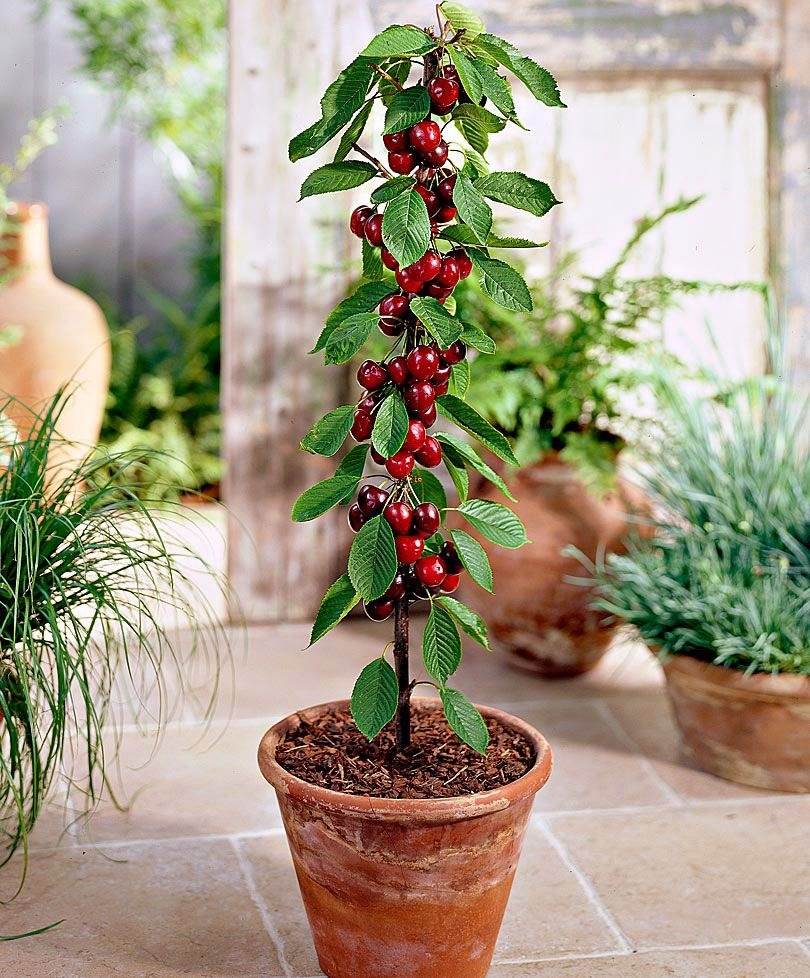
2. Choose a Suitable Location
Cherry trees require full sun to produce abundant fruit. Choose a location in your garden that receives at least 6-8 hours of direct sunlight daily. In addition, ensure the area has good air circulation and proper drainage.
3. Prepare the Soil
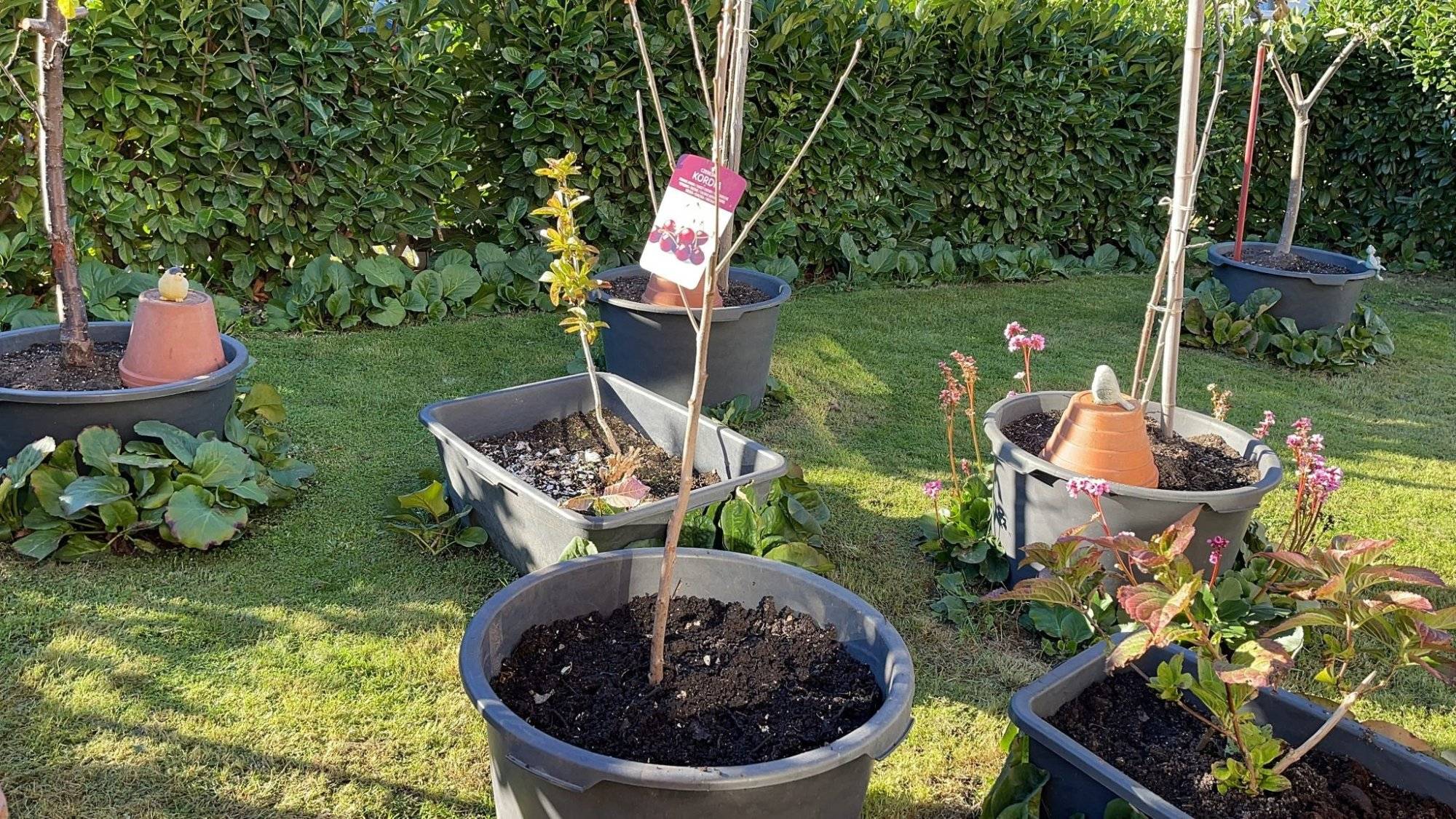
Cherry trees prefer well-draining soil with a pH level between 6.0 and 7.0. Test the soil and amend it with organic matter like compost if needed. Loose, loamy soil is ideal for optimal root development.
4. Planting the Cherry Tree
Bare-Root Tree
- Soak the bare-root tree’s roots in water for a few hours before planting.
- Dig a hole that is slightly larger than the root system, deep enough to accommodate the roots without bending or crowding.
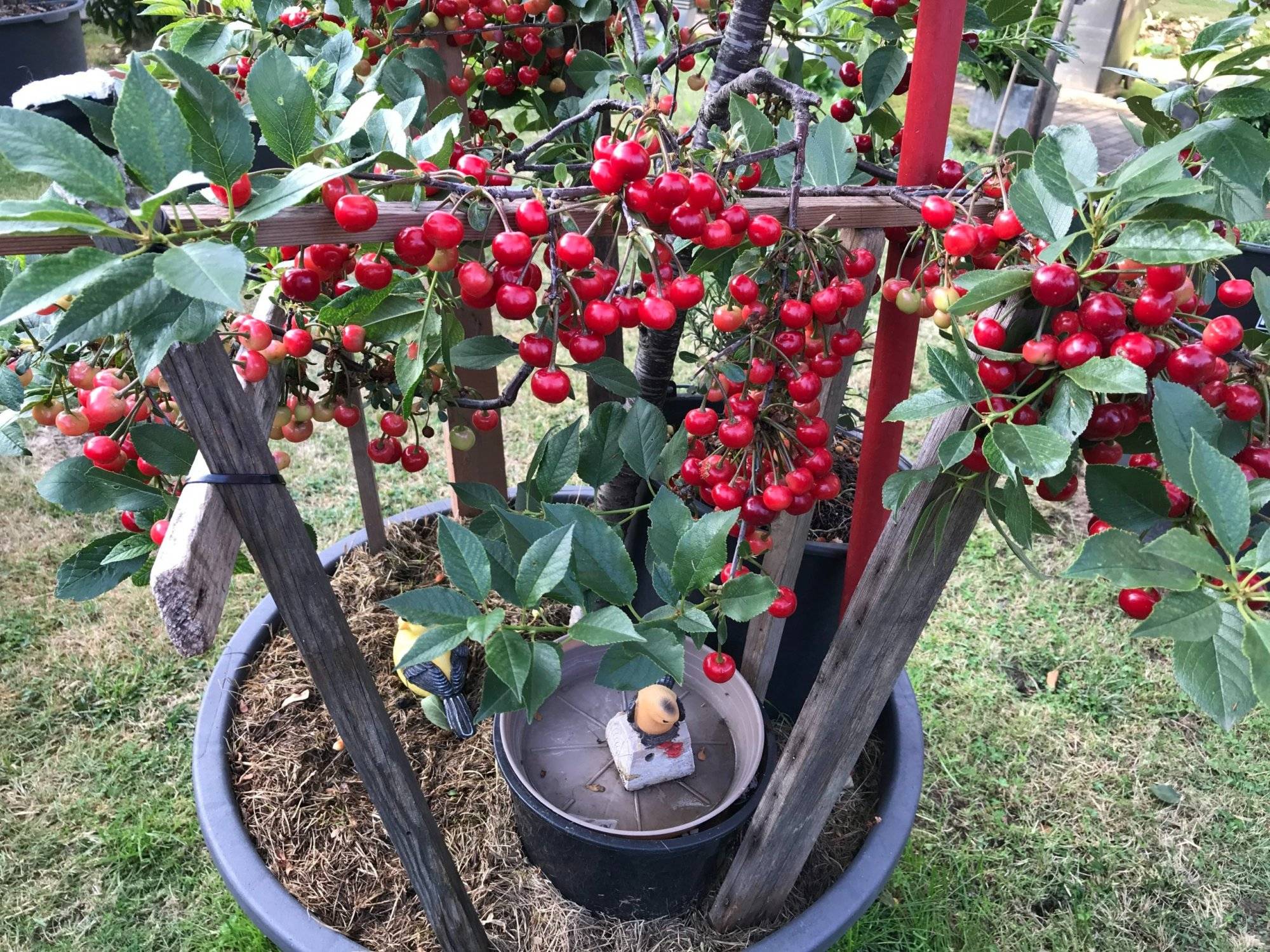
- Place the tree in the hole, spreading the roots out evenly.
- Backfill the hole with soil, gently firming it around the tree.
- Water the tree thoroughly to settle the soil.
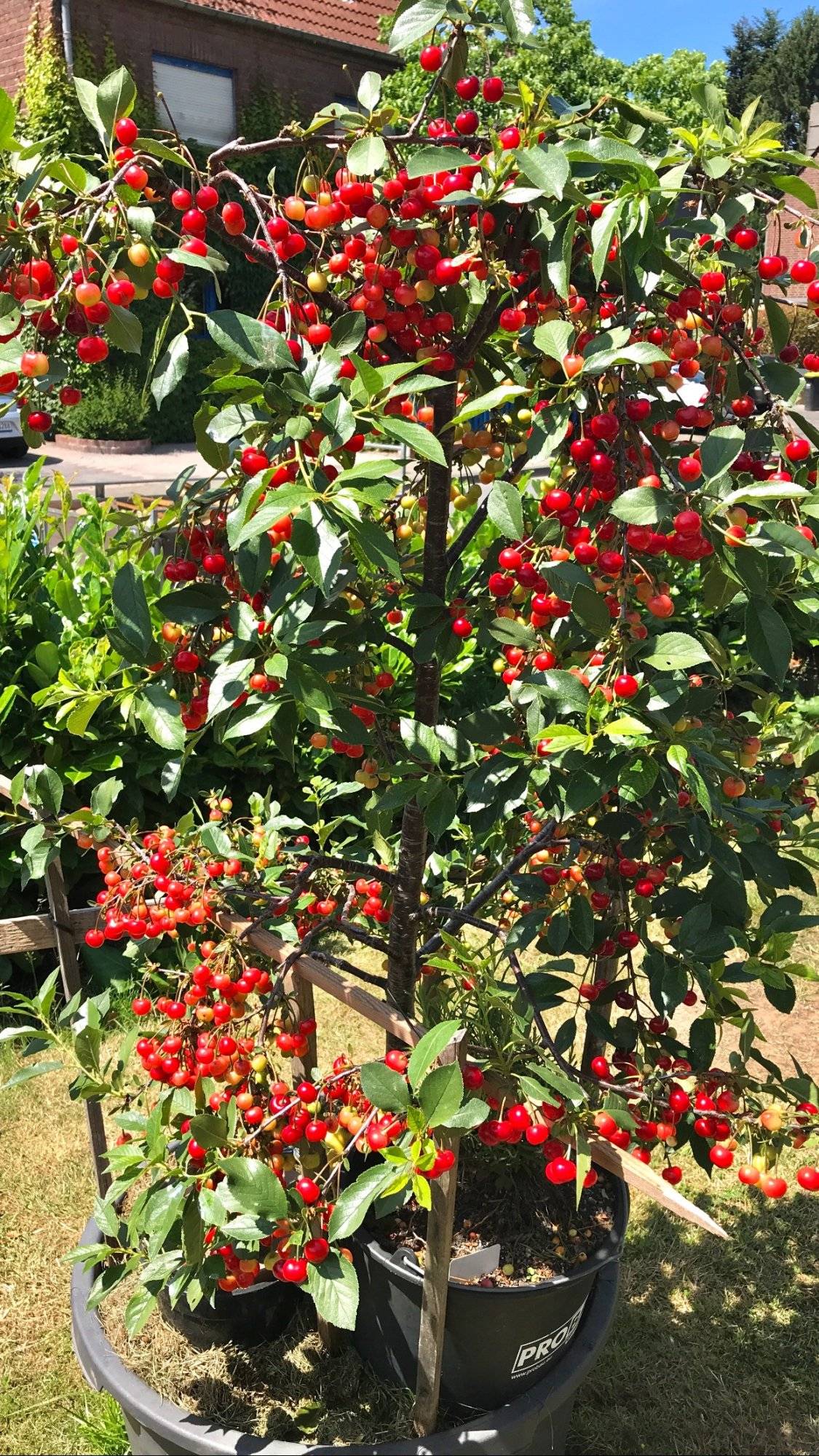
Container-Grown Tree
- Select a container that is at least 2-3 times the size of the tree’s root ball.
- Gently remove the tree from its container, taking care not to disturb the roots.
- Place the tree in the container at the same level it was previously growing.
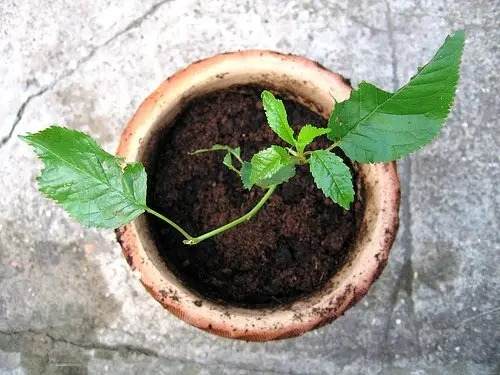
- Fill the container with well-draining soil, leaving a slight gap at the top for watering.
- Water the tree thoroughly after planting.
5. Watering and Mulching
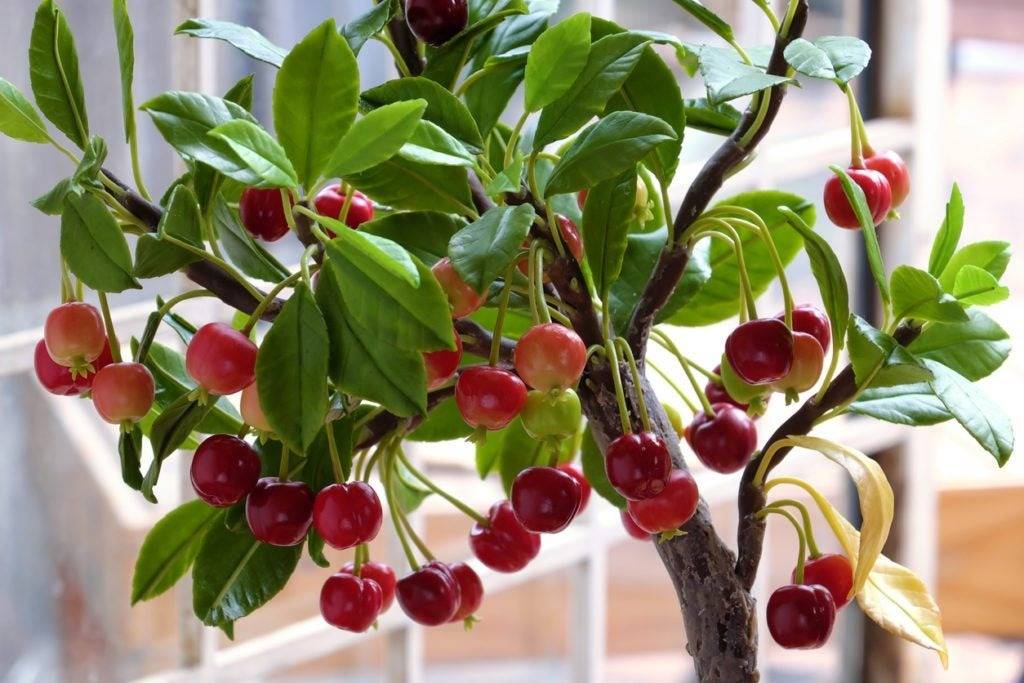
Your cherry tree should be watered regularly, especially during its first year. The key is to keep the soil consistently moist but not waterlogged. Don’t forget to apply a layer of organic mulch around the base of the tree to retain soil moisture, suppress weeds, and regulate soil temperature.
6. Pruning and Training
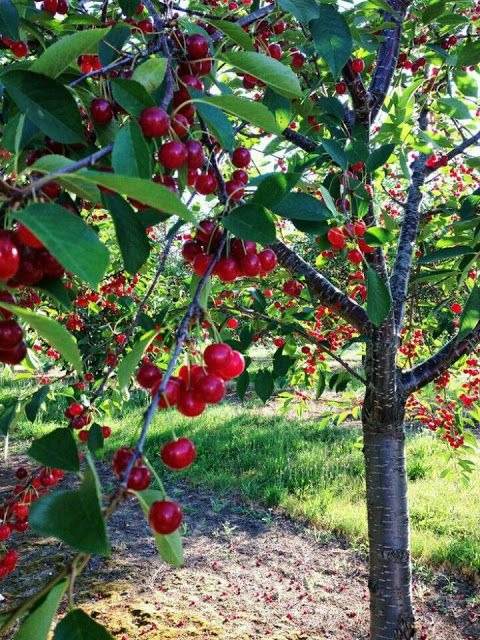
Pruning is essential to encourage the proper shape and structure of your cherry tree. It should be done during the dormant season to remove any dead, damaged, or crossing branches. Training the tree’s growth during the early years can also help establish a strong framework.
7. Fertilization
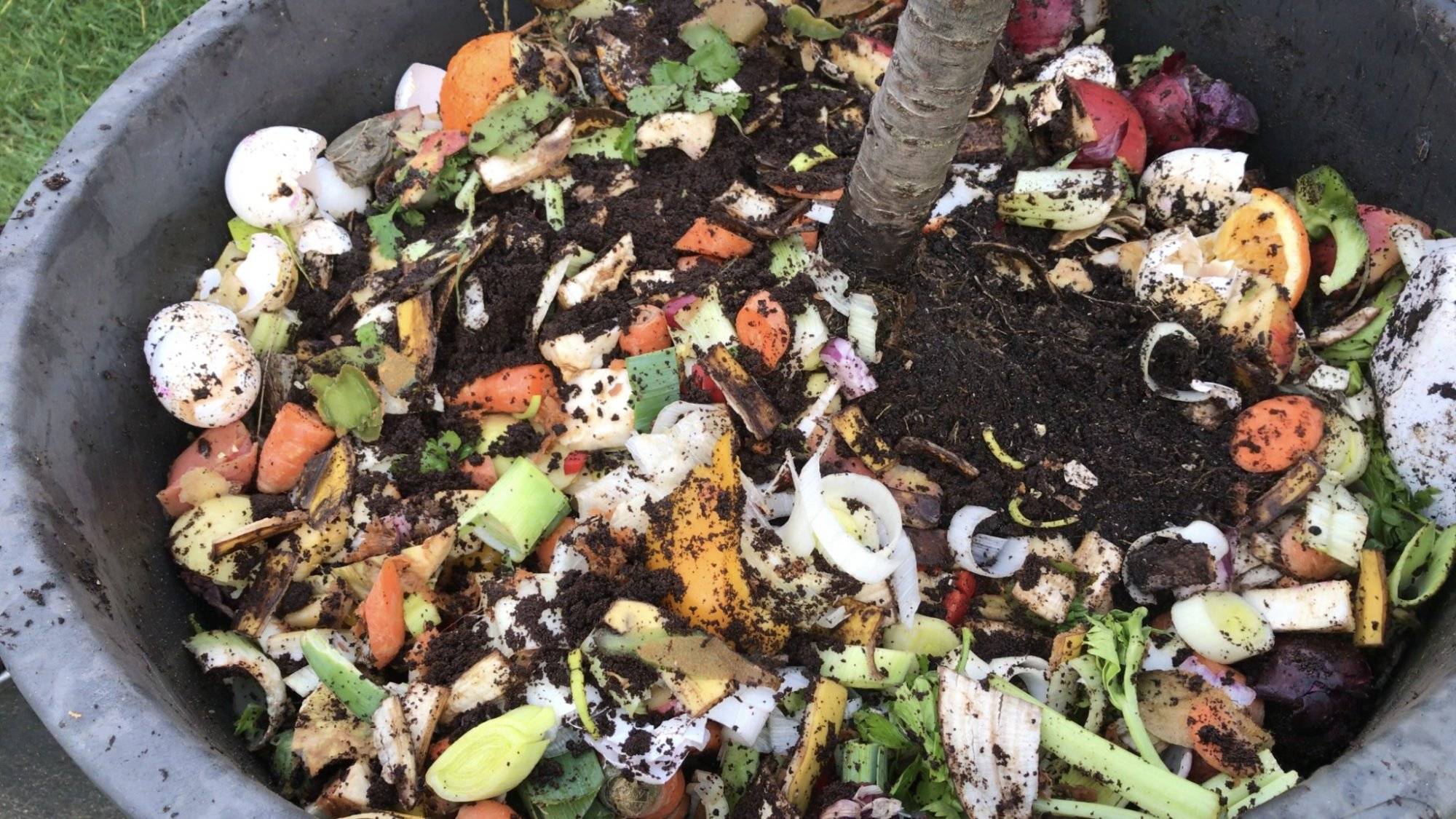
Cherry trees benefit from annual fertilization in early spring before new growth starts. Use a balanced, slow-release fertilizer according to the manufacturer’s recommendations.
8. Pest and Disease Management
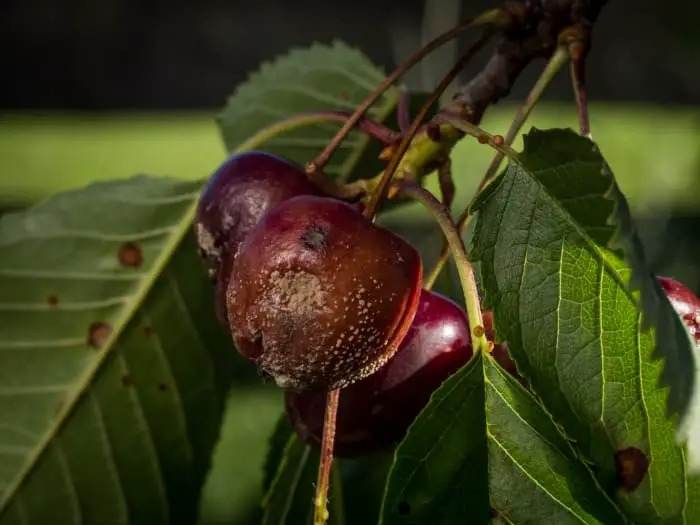
Cherry trees are vulnerable to some pests and diseases, so monitor your cherry tree for signs such as aphids, cherry fruit flies, or fungal infections. Early detection and proper treatment are essential for maintaining tree health.
9. Harvesting Cherries
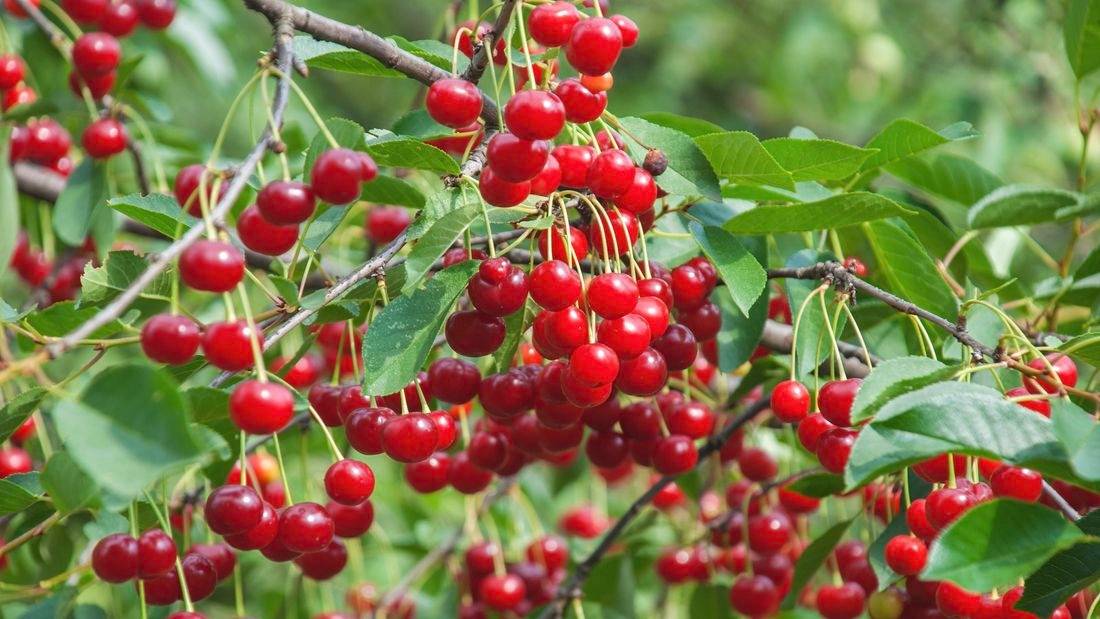
The timing of cherry harvesting depends on the variety. Sweet cherries are usually ready for harvest in late spring to early summer, while sour cherries are typically ready in early to mid-summer. Cherries are ready to pick when they are fully ripe, have developed good color, and taste sweet or tangy, depending on the type. When harvesting, gently twist or cut the stems to pick the fruit.
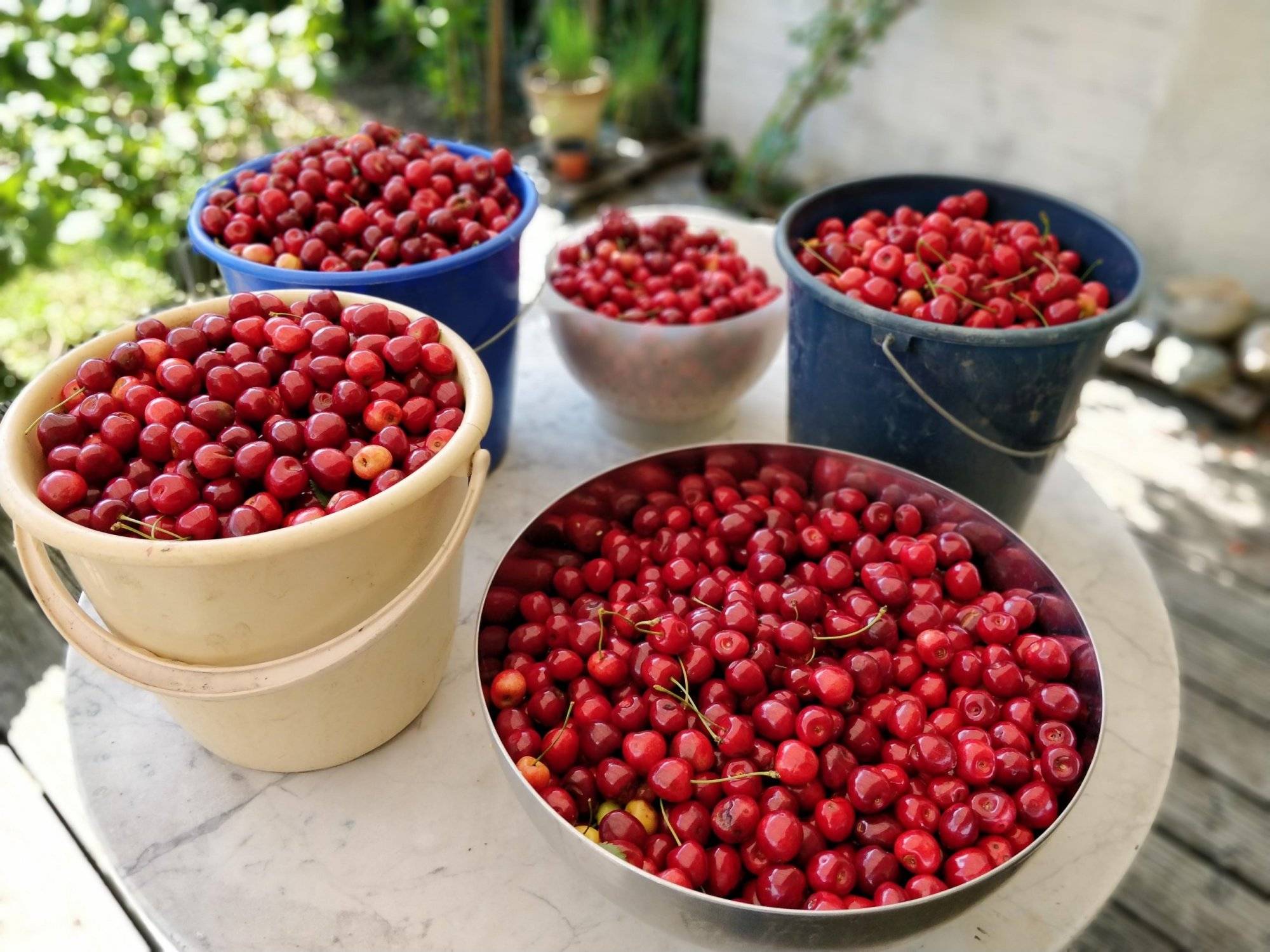
Start today, and your backyard will soon be filled with the sweet and tart flavors of homegrown cherries. In addition to the joy of relishing fresh, homegrown fruit, planting a cherry tree is a gift to future generations, as these trees can live for many years and continue to provide fruit and beauty for years to come.
